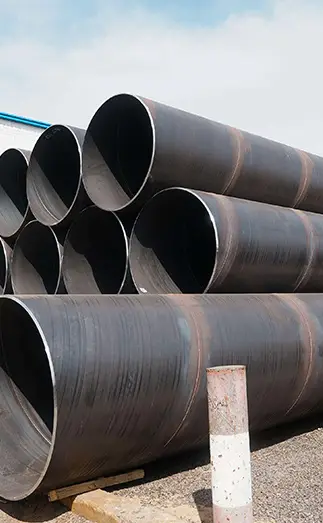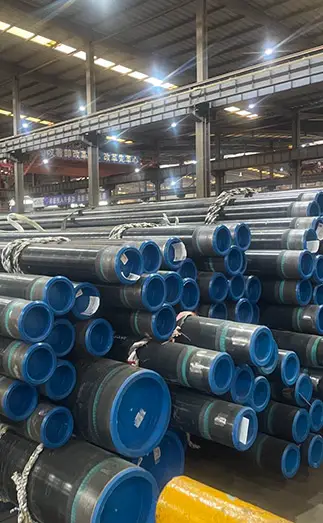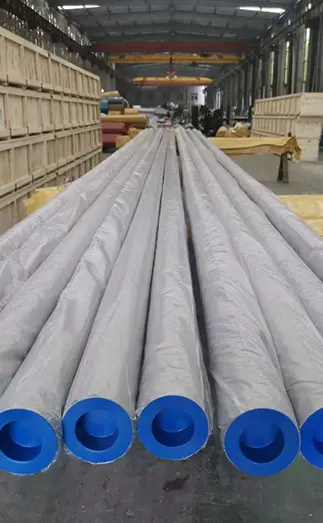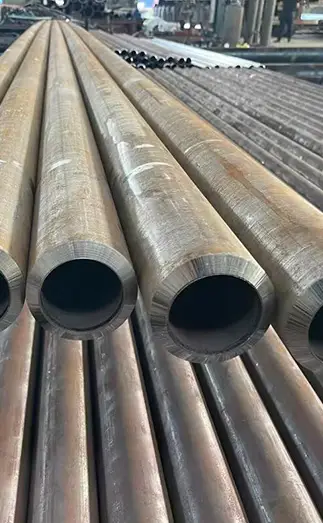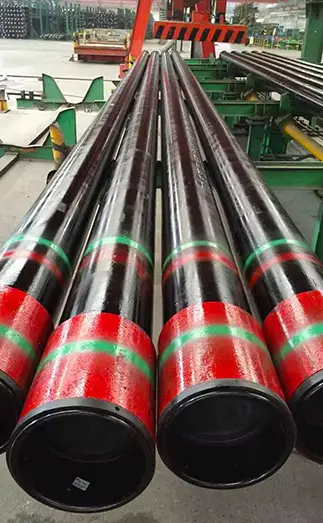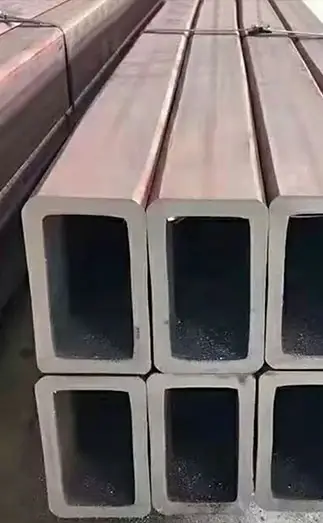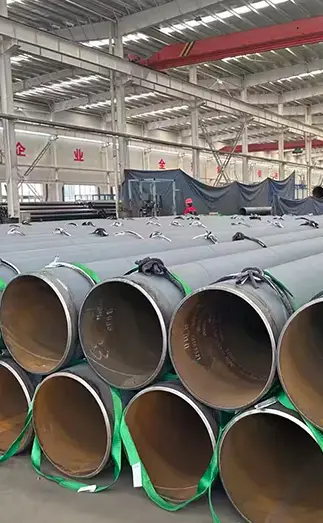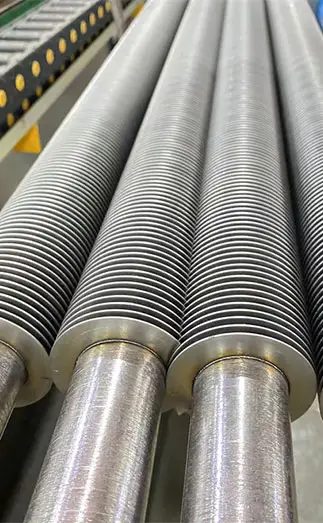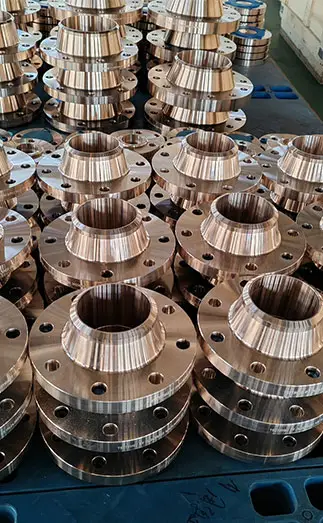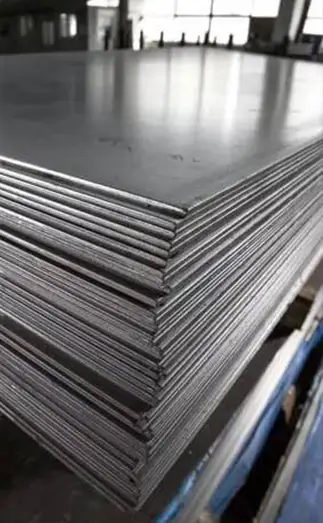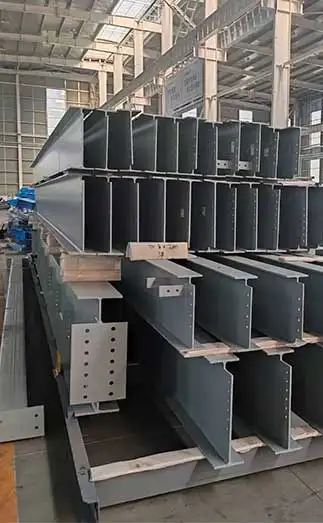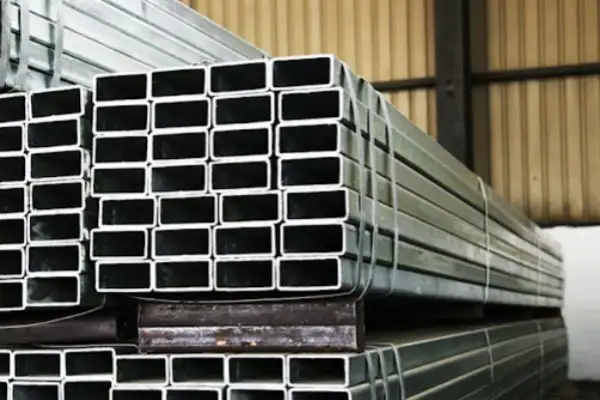Q390ME steel pipes, as a type of high-strength low-alloy structural steel, play a critical role in pipeline construction across industries such as oil and gas, chemical processing, and power generation. With outstanding mechanical strength, excellent weldability, and strong corrosion resistance, Q390ME pipes are an optimal choice for use in high-pressure and highly corrosive environments.
Super Steel Manufacturing Co.,Ltd is professional straight seam steel pipes manufacturer, for more details, please contact:sales@super-steels.com
1. Material Characteristics of Q390ME Steel Pipe
Q390ME is a high-strength low-alloy (HSLA) steel with a yield strength of 390 MPa and a tensile strength ranging from 490 to 670 MPa. It features a combination of high strength and good toughness, making it well-suited for demanding structural and pressure-bearing applications.
Its chemical composition includes controlled amounts of manganese and silicon, while limiting harmful elements like sulfur and phosphorus, thereby ensuring excellent overall performance. Q390ME also demonstrates good weldability, allowing for high-quality welded joints when proper welding techniques and filler materials are used. Moreover, it has moderate atmospheric corrosion resistance, supporting long service life even in harsh outdoor conditions.
2. Manufacturing Technology: ERW & SAW Steel Pipes
Q390ME straight seam steel pipes are typically manufactured using two main methods:
High-Frequency Electric Resistance Welding (ERW):
Offers high efficiency, low energy consumption, and superior weld quality. ERW is ideal for mass production of small to medium-diameter steel pipes.
Submerged Arc Welding (SAW):
Better suited for producing large-diameter, thick-walled pipes, ensuring excellent weld toughness and strength.
Regardless of the welding method, precise control of key process parameters such as forming, welding temperature, current, voltage, and post-weld heat treatment is essential to maintain product consistency and reliability.
3. Heat Treatment and Quality Assurance
Heat treatment greatly influences the mechanical properties of Q390ME pipes. The following processes are commonly used:
Normalizing: Refines grain structure and improves toughness.
Quenching and Tempering: Enhances the pipe’s comprehensive strength and durability.
During heat treatment, parameters like heating temperature, holding time, and cooling rate are carefully managed to achieve optimal performance.
To meet industry standards, Q390ME steel pipes undergo rigorous quality inspections, including:
Non-destructive testing (NDT): such as ultrasonic testing and X-ray inspection
Hydrostatic pressure testing
These ensure each pipe meets mechanical, safety, and structural integrity requirements.
4. Application Fields of Q390ME Steel Pipe
Thanks to its robust properties, Q390ME steel pipe is widely applied in various high-stress, high-demand environments:
Oil & Gas Industry: Used as transmission pipelines capable of withstanding extreme pressure and corrosive media.
Chemical Industry: Ideal for transporting aggressive and corrosive fluids.
Power Industry: Employed in boiler systems and pressure piping.
Construction: Used in large-scale steel structures and civil engineering frameworks.
Q390ME pipes are especially favored in long-distance energy transmission projects such as the China–Russia Natural Gas Pipeline and West–East Gas Transmission, where performance and cost-efficiency are paramount.
5. Market Outlook and Global Competitiveness
China's production technology for Q390ME steel pipes has reached a mature and internationally advanced level. Leading domestic manufacturers like Baosteel, Tianjin Steel Pipe, and Valin Steel are capable of large-scale production, ensuring stable supply and reliable quality.
According to market research, China's annual output of high-strength pipeline steel is projected to exceed 10 million tons in 2024, with Q390ME-grade pipes accounting for roughly 15%. Internationally, Chinese-made Q390ME pipes have been exported to Southeast Asia, the Middle East, and Africa, and are widely used in overseas infrastructure projects.
6. Challenges and Development Trends
Despite robust demand, the Q390ME steel pipe industry faces several challenges:
Raw material cost volatility, particularly for iron ore and alloying elements
Increasing environmental regulations, requiring cleaner production and reduced emissions
Global competition and trade protectionism, impacting export strategies
To address these, the industry is evolving toward:
Higher-performance steel grades with improved weldability and toughness
Advanced metallurgical techniques such as microalloying and controlled rolling & cooling
Smart manufacturing, leveraging automation and digital technologies
Green production, emphasizing energy efficiency and sustainability
7. Recommendations for Buyers
When selecting Q390ME steel pipes, users should consider the following:
Application requirements–Ensure the pipe's mechanical and corrosion-resistance capabilities match the usage scenario.
Manufacturer credibility–Choose suppliers with proven production expertise and quality certifications.
Inspection documentation–Verify material certificates, test reports, and NDT results.
After-sales service–Opt for suppliers offering technical support and responsive customer service.
Conclusion
Q390ME steel pipe is a vital material in modern infrastructure and industrial development. Its high strength, weldability, and cost-performance ratio make it indispensable across various sectors. With continuous technological innovation and market expansion, Q390ME will see broader adoption and greater demand in both domestic and international markets.
Manufacturers must keep advancing their R&D and process capabilities to stay competitive, while end-users should make informed decisions to fully leverage Q390ME’s advantages. Together, the industry will continue to thrive and evolve toward a more sustainable and efficient future.



 English
English Español
Español Français
Français بالعربية
بالعربية